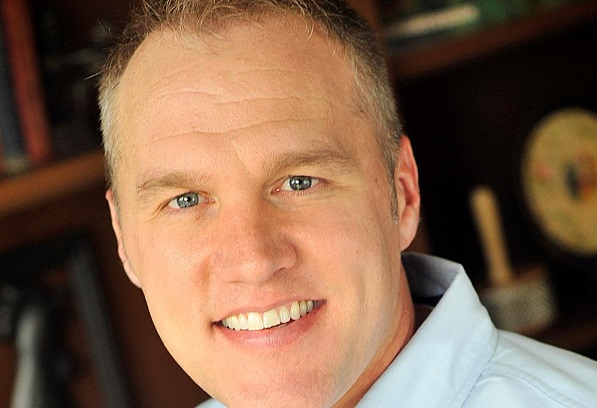Employees seeking a more flexible workspace environment rose from 70% in 2017 to 75%. As a result, more companies are allowing their employees to work where they want—in remote locations as well as in co-working spaces.
“Workplace solutions including working from home, remote offices business lounges traditional office locations and retail/mixed-use centers are all becoming even more popular,” says Darin Harris, CEO, IWG U.S. “Workers typically want to work close to their homes to cut down on commutes and right now, the power is shifting towards employees and how and where they want to work.”
As a result, IWG is growing with multitude brands and locations including in retail/mixed use centers.
“We are opening in retail centers all over the US,” says Harris. “Suburban areas are popular and the retail/mixed use spaces are focused on creativity, productivity and the entrepreneurial spirit.”
For instance, IWG's brand, No.18, in Atlanta, is located in a high-end, trendy retail area. Amenities include lounges, meeting rooms, high-end workspaces, retail shops, restaurants, fitness options, etc. The area allows employees to live, work, shop and play in one area.
Flexible workspaces are popular in retail/mixed use centers in the suburbs because people want to work in a location that reduces their commute (1 in 5 who commute are late to work). As a result, constructing suburban flexible workspaces increases the ability to attract and retain talent.
“We want to have people go where they want to work and how they want to work so we can give them a great day of work,” says Harris.
When looking for flexible workspaces, the company focuses on existing retail spaces, malls, strip centers and office buildings. With the focus on working closer to home, commuting may be obsolete by 2030, Harris tells GlobeSt.com.
As much as people want flexible workspaces, they also want community and connection and so flex work space companies offer different ways to office, ranging from large collaborative spaces to quiet offices.
“For example, this could mean providing creative teams with large meeting rooms to brainstorm in or giving project managers semi-secluded desks to take phone calls and work on tough financial calculations,” says Harris.
In the US, 82% of businesses are using flexible working as a vehicle to improve employee work/life balance. Clearly, the majority of employees view it as the 'new normal' and business leaders are now firmly acknowledging its key role in driving business success regardless of where their office is located—in an office building or in a retail/mixed use center.
© 2025 ALM Global, LLC, All Rights Reserved. Request academic re-use from www.copyright.com. All other uses, submit a request to [email protected]. For more information visit Asset & Logo Licensing.








